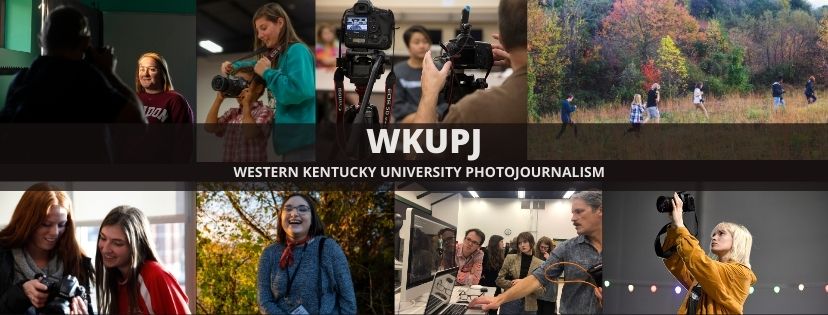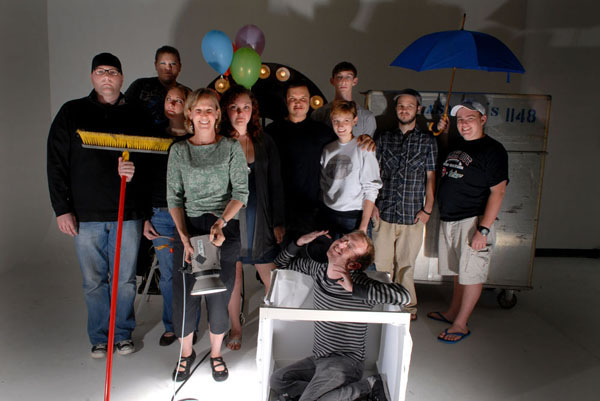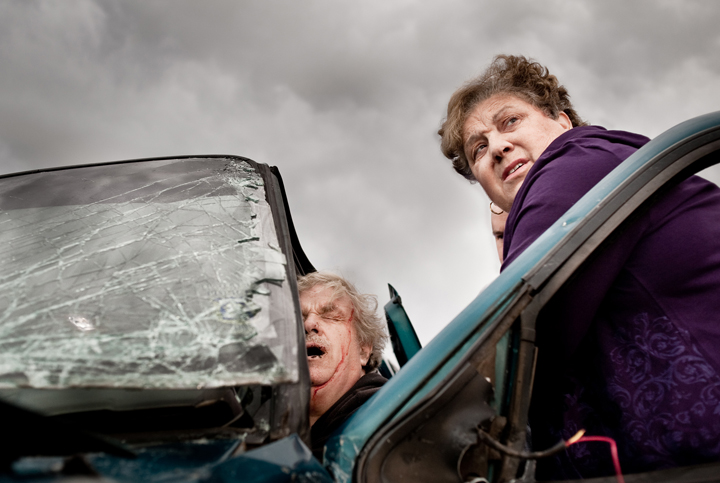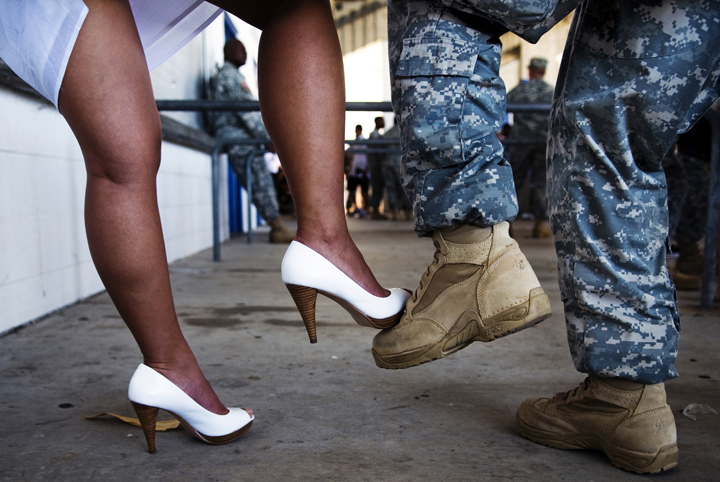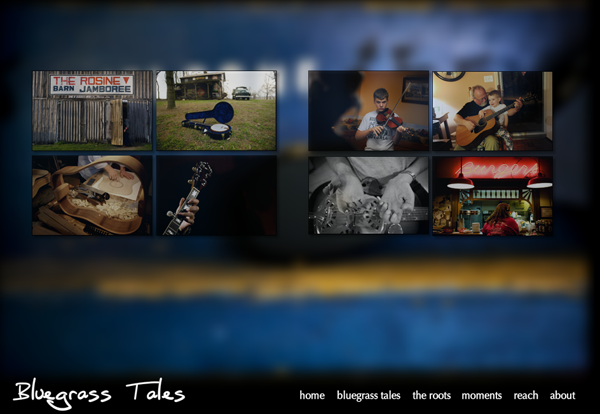At 96, Sherman Price is Russellville, Kentucky’s self-proclaimed “oldest citizen.” He was born on the day that WWI began, and he was 5 years old when it ended. He was a teenager during the Great Depression and he remembers that his family was among the first in their neighborhood to buy a radio.
“I used to be real backwards, bashful, you know? But after I got over that I went the other way and I can go up to anyone that I want to and go to talking to them and it don’t bother me a bit.”
Price is a greeter at his church, and a farmer who still raises horses and angus calves. He says that he believes that having a purpose every day in his work is what has kept him going and that the only thing he worries about when he dies is that his livestock won’t be cared for.
